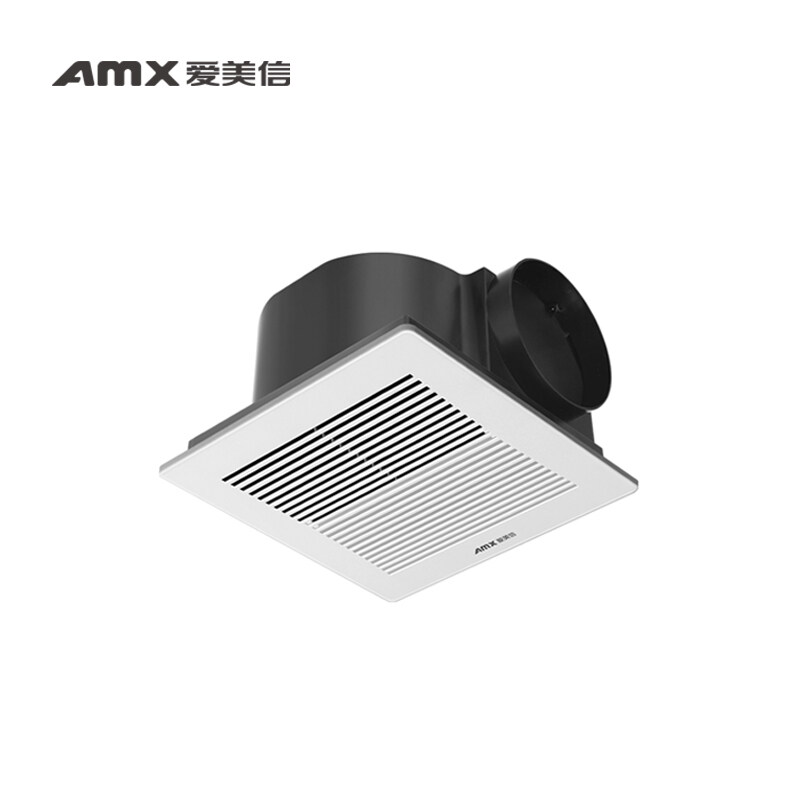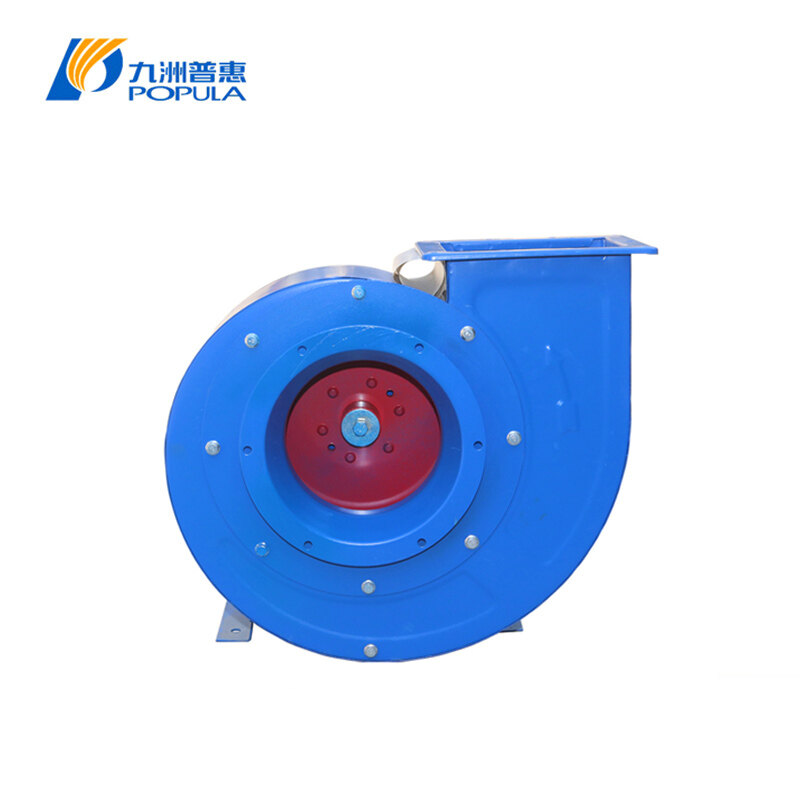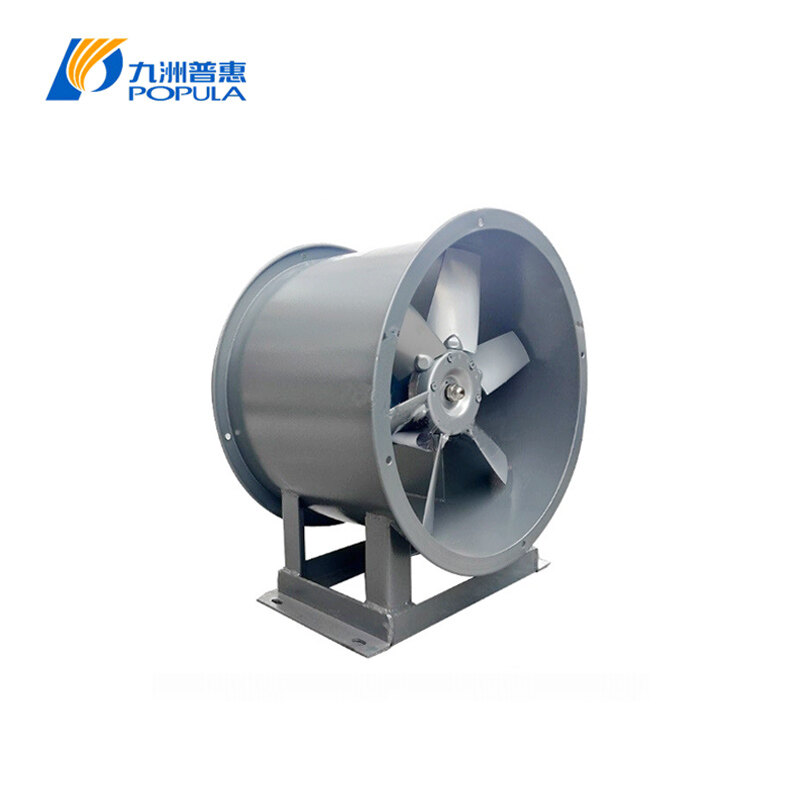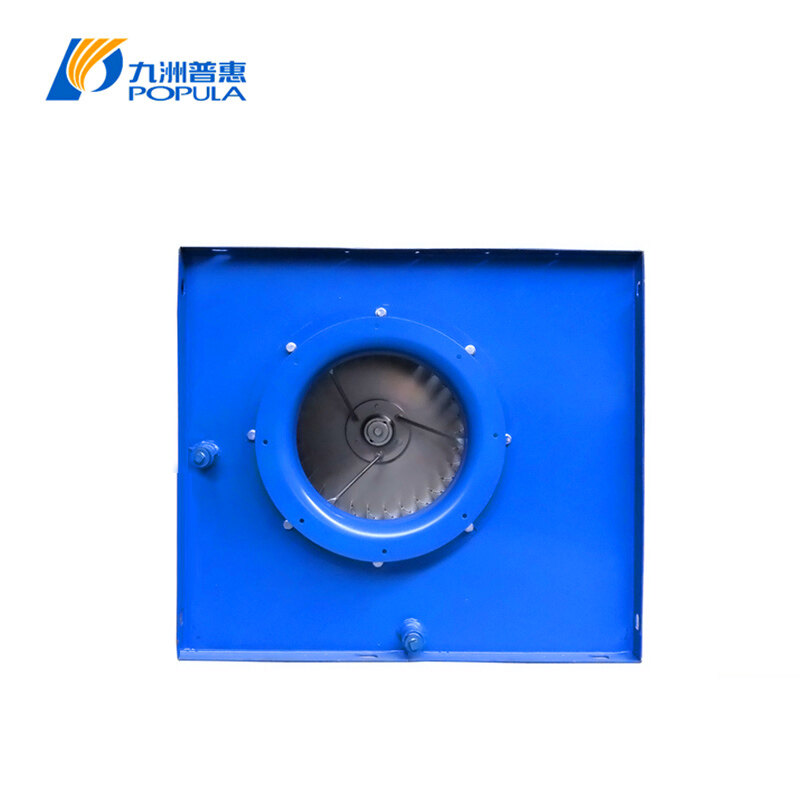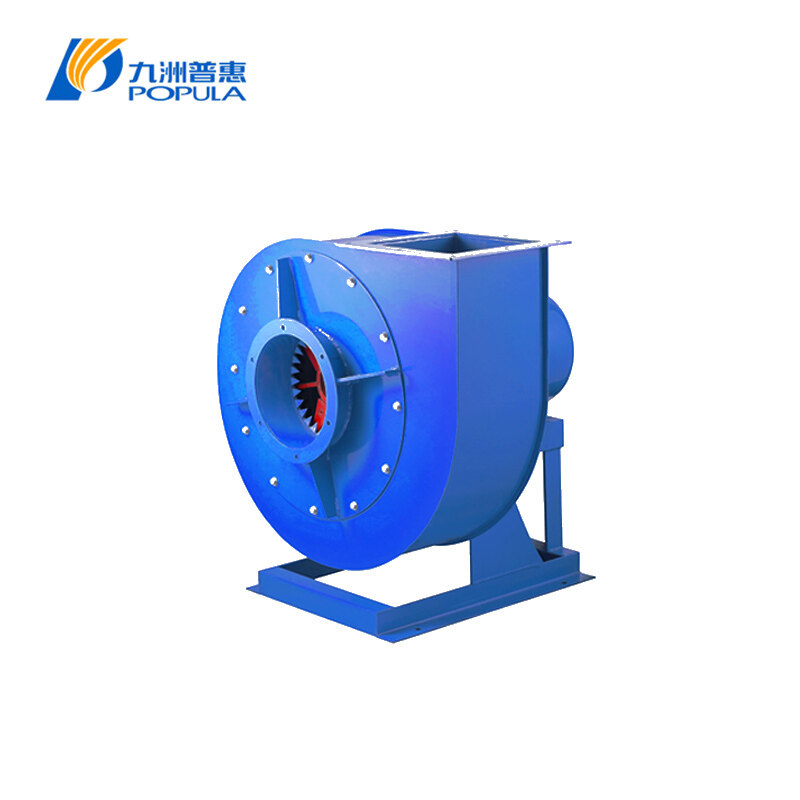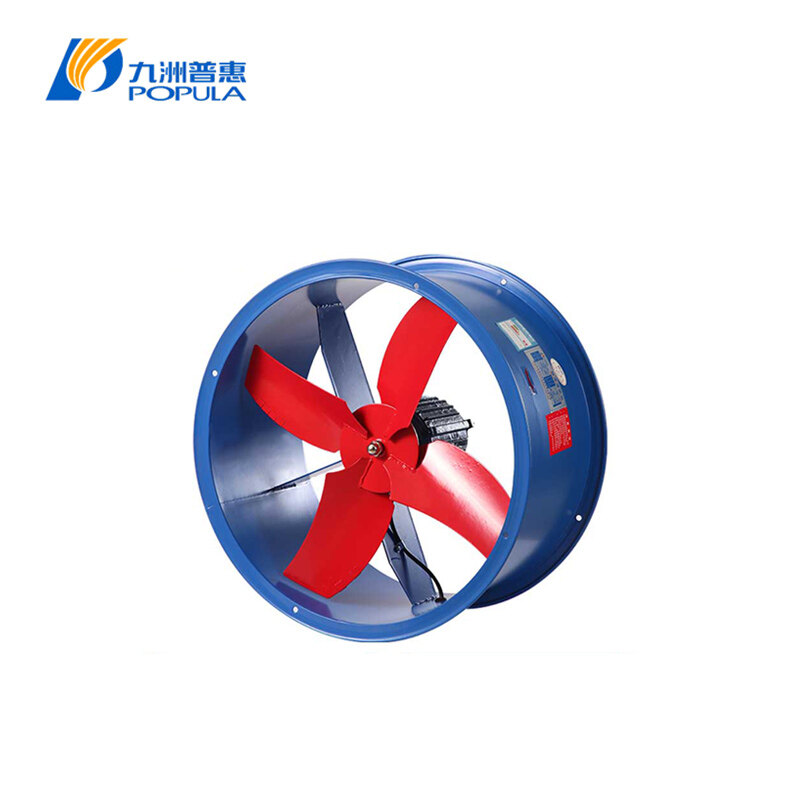Ventilation fans play a pivotal role in maintaining indoor air quality, preventing moisture-related issues, and ensuring comfort within residential and commercial spaces. When it comes to selecting the right ventilation solution, the decision often boils down to whether to opt for a ceiling-mounted ventilation fan or a wall mounted counterpart. In this comprehensive guide, we delve into the distinctions between these two options.
Installation and Placement
Ceiling mounted ventilation fans are specifically designed to be affixed to ceiling joists, offering a discreet and unobtrusive solution for spaces with ample overhead clearance. This configuration proves ideal for larger areas, such as living rooms and kitchens, where the dispersion of air is a primary concern.
The placement on the ceiling ensures balanced airflow, making them particularly effective at extracting hot air and maintaining uniform temperature distribution throughout the room. When it comes to installation, ceiling mounted ventilation fans might require professional assistance due to their positioning, but the results are well worth it for spacious environments.
Wall mounted ventilation fans, as the name suggests, are mounted on exterior walls, offering a different approach to air circulation. They are particularly suitable for confined spaces or areas where ceiling installation is impractical due to structural constraints. This positioning allows for targeted ventilation, making them well-suited for smaller rooms, bathrooms, and utility spaces. In general, installing a wall mounted ventilation fan is often more straightforward than its ceiling counterpart, making it an attractive option for DIY enthusiasts.
Air Circulation and Efficiency
Ceiling mounted ventilation fans excel in distributing air evenly across the room, creating a comfortable atmosphere. Their elevated placement allows them to extract hot air that naturally rises efficiently. This makes them an excellent choice for spaces with high ceilings or areas that tend to accumulate heat.
While wall mounted ventilation fans effectively ventilate the area directly in front of them, their reach is limited compared to ceiling fans. They may struggle to create a uniform airflow in larger spaces, which can be a drawback in rooms with complex layouts.
Noise Levels
Ceiling mounted ventilation fans stand out for their whisper-quiet operation. Their positioning and sound-dampening options ensure minimal disturbance, making them suitable for spaces that demand serenity, such as bedrooms, libraries, and peaceful areas where tranquility is paramount.
Wall mounted ventilation fans do generate some noise, as they are positioned closer to ear level. However, modern models come equipped with noise reduction strategies to minimize their audible presence significantly. These fans are generally well-suited for areas where low to moderate noise levels are acceptable.
Energy Efficiency & Consumption
Ceiling mounted ventilation fans are typically more energy-efficient than their wall-mounted counterparts. They consume less electricity due to their ability to circulate air effectively throughout the room. This can result in long-term energy savings and is often an eco-friendly choice.
Wall mounted ventilation fans, while still relatively energy-efficient, tend to have slightly higher power consumption. However, some models come equipped with energy-saving features, such as variable speed controls and timers, to mitigate their impact on electricity bills.
Ceiling Mounted Ventilation Fan
Maintenance and Cleaning
Maintaining ceiling mounted ventilation fans can be a bit challenging due to their elevated placement. However, the upside is that they require less frequent cleaning since dust and debris have a harder time reaching them. Periodic cleaning may involve using an extendable duster or a vacuum cleaner with a long attachment.
On the other hand, wall mounted ventilation fans are more accessible for routine cleaning, but they tend to accumulate dust and grime more quickly. Regular upkeep is essential to ensure optimal performance. A simple wipe-down with a damp cloth or a vacuum cleaner attachment is usually sufficient.
Cost Considerations
Ceiling mounted ventilation fans often entail a higher initial investment, including installation costs if professional help is required. However, their long-term energy efficiency and durability can result in cost savings over time, making them a wise investment for larger spaces.
Wall mounted ventilation fans typically have a lower upfront cost, making them an attractive option for budget-conscious consumers. However, their potentially higher operational costs due to increased power consumption should be factored into the decision-making process.
Conclusion
In the debate between ceiling mounted ventilation fans and wall mounted ventilation fans, there is no one-size-fits-all answer. The choice ultimately depends on your specific needs, budget constraints, and aesthetic preferences.
Whether you opt for the discreet efficiency of a ceiling fan or the targeted convenience of a wall fan, ensuring proper ventilation is a crucial step in maintaining a comfortable and healthy indoor environment. Check out AMX's top-quality ventilation fans that fit your specific needs, and you can also contact us anytime at billy@populafan.com for further information!


